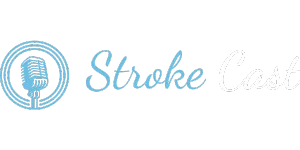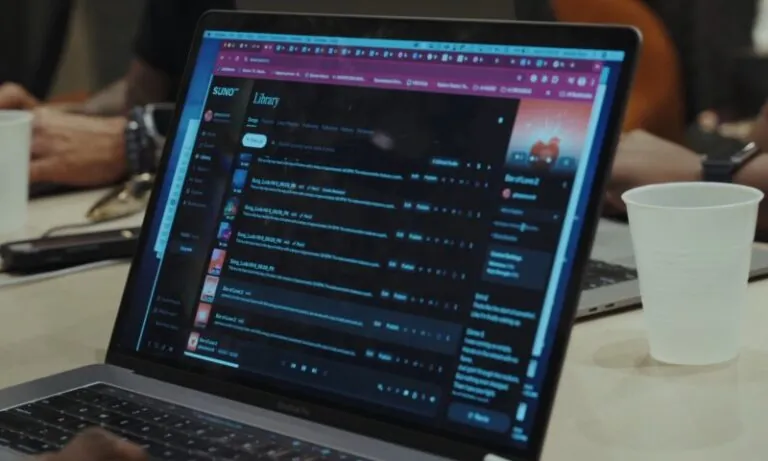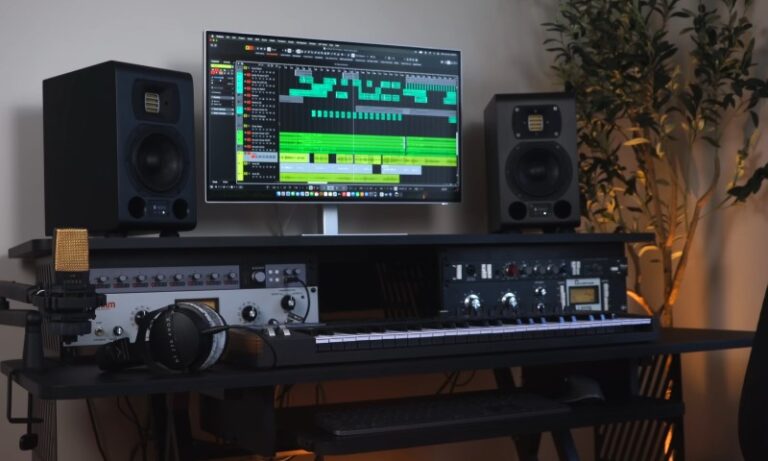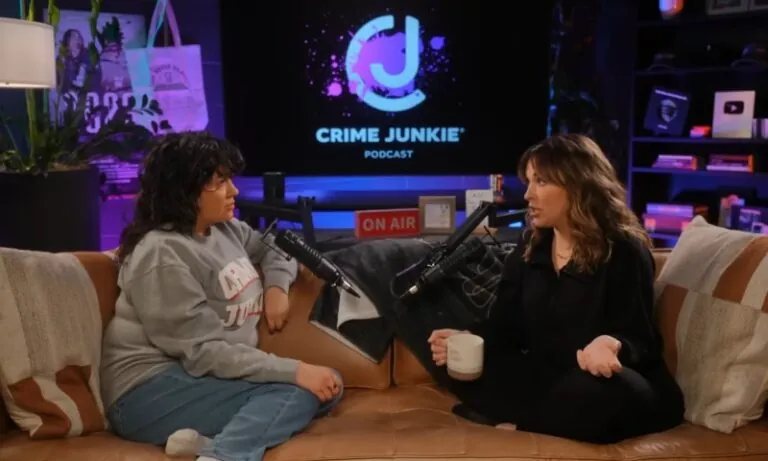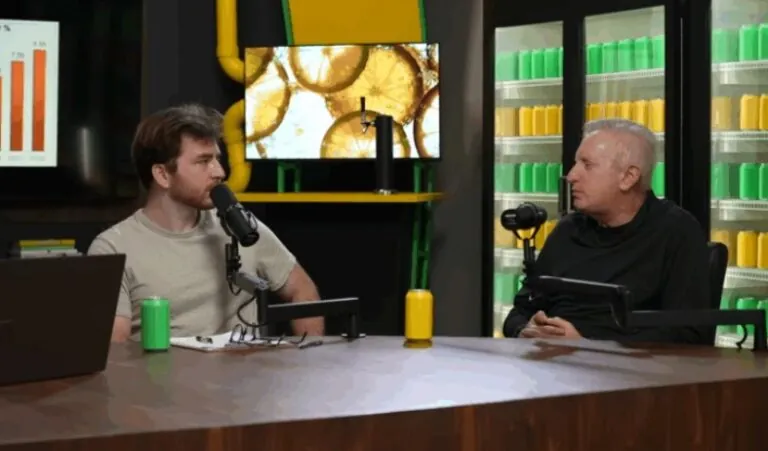So, you’ve got a podcast. Maybe you’ve poured your heart into interviews, edited every episode yourself, picked out the perfect intro music, and even managed to get your show on Spotify and Apple Podcasts. But there’s a problem — barely anyone’s listening.
Sound familiar?
You’re not alone. According to AdResultsMedia, over 4 million podcasts are registered worldwide. That’s a lot of noise. And yet, most of them barely scratch the surface when it comes to effective marketing. Some stall out after a few episodes. Others stay stuck with the same small audience despite great content. So, what’s going on?
Let’s break down where podcasts go wrong with marketing — and more importantly, what to do about it.
The Most Common Podcast Marketing Pitfalls

Podcasting is booming. But marketing? That’s where many shows fall flat. Here’s what usually trips people up.
1. Trying to Cash In Too Early
Everyone wants their podcast to make money. But trying to monetize before you’ve built a solid listener base? That’s a fast track to losing your audience. It usually shows up as cringy, misaligned ads or endless sponsor shoutouts when you’ve barely got 100 listeners.
PodLaunchHQ put it plainly: when you chase revenue before building trust, sponsors won’t stick — and neither will your audience.
The Fix
Focus on growth first. Build to at least 1,000 loyal listeners before bringing in sponsors. You’ll land better deals and keep your audience on board.
2. No Clear Premise
A podcast that tries to be about “life, relationships, and motivation” is almost guaranteed to flop. Why? Because it’s too vague.
If someone scrolling through Spotify can’t tell what your show is about in 10 seconds, they’re moving on.
A clear premise is what allows your podcast to actually market itself. It sharpens your messaging and makes you easier to recommend.
The Fix
Get specific. Instead of “interviews with entrepreneurs,” how about “short conversations with Black founders in tech under 30”? Now that tells a listener exactly who it’s for.
3. Listeners Who Don’t Really Care

You could have 10,000 downloads and still fail if no one’s really listening. Engagement is what turns casual listeners into loyal supporters. And it’s also what attracts sponsors.
According to LinkedIn, over half of podcast listeners feel like they know the host personally, but that only happens when the content sparks a real connection.
The Fix
Ask questions on social. Mention listener comments in your episodes. Invite feedback. When people feel heard, they stick around — and they share.
4. Inconsistent Uploads and Quality
This one’s a silent killer. You skip a week here, upload late there, then come back with a mic that sounds like you recorded in your car. Listeners notice. And they leave.
- Case in point: A podcast with a strong launch but no publishing schedule tends to lose momentum after 4–6 weeks, according to SendPulse.
The Fix
Use an editorial calendar. Record in batches. If you’re solo, build a 2–3 week buffer so life doesn’t throw off your rhythm.
5. No Actual Promotion Plan
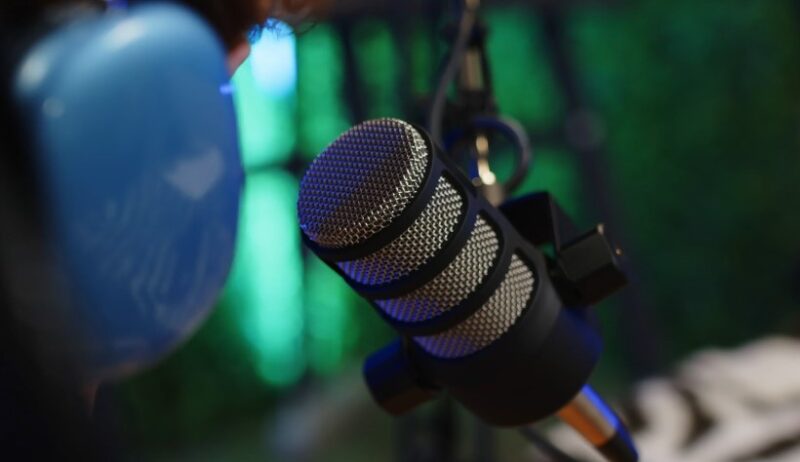
Creating a podcast is only half the battle. You have to market it too, and a lot of podcasters skip this part completely.
Social media? Forgotten. Email list? Never started. Guest appearances? Nonexistent.
The Fix
Treat your show like a brand. Promote every episode with:
- Audiograms on Instagram or TikTok
- Snippets on X (formerly Twitter)
- Email blasts
- Repurposed quotes and takeaways
And don’t just promote once — share new episodes across a few days, not just drop day.
6. Launching with Just One Episode
Ever find a new show, like the idea, then realize there’s only one episode? You bounce, right?
According to SendPulse, dropping 3–5 episodes at launch helps hook new listeners who like to binge a few before subscribing. One episode just isn’t enough.
The Fix
Record a handful before launch. That also gives you a safety net so you’re not racing to hit deadlines after your premiere.
7. Only Posting on One Platform
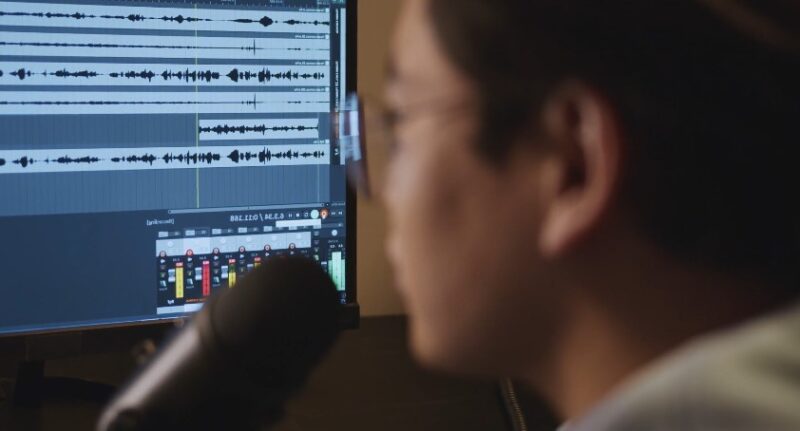
Some shows think being on Spotify is enough. But if you’re not on Apple Podcasts, Google Podcasts, Stitcher, and the like, you’re missing out on a lot of potential ears.
AdResultsMedia reports that limited platform presence is one of the biggest discoverability roadblocks for indie podcasts.
The Fix
List your podcast everywhere you can. Use platforms like:
- Apple Podcasts
- Spotify
- Podcast Addict
- Castro
- Podchaser
- Amazon Music
While you’re at it, submit it to niche directories in your category.
8. Advertising Challenges
Even if you have solid numbers, monetization through ads can be a mess. Metrics are fragmented. Ad reads are often manual. Some sponsors want custom scripts for each show, and not everyone has the bandwidth to deliver.
Podcast advertising still lacks standardization, which turns some brands away.
The Fix
Partner with a podcast ad network or agency that offers standardized metrics and better matchmaking with sponsors. It makes life easier — and more profitable.
Practical Steps That Actually Work
Now let’s get into solutions — the real-world stuff that separates stuck shows from those climbing the charts.
Prioritize Growth Over Revenue
Think like a startup. You build trust and loyalty first — the money comes later. Shows that focused on growth saw 5x faster audience scaling.
Ways to grow:
- Ask every guest to share the episode
- Use CTA clips at the end of each show
- Offer incentives for ratings and reviews
Deliver Consistent, High-Quality Episodes
Set a realistic schedule and stick to it. Weekly is ideal, but biweekly works if you’re consistent. Use good audio equipment and take editing seriously.
Tools to help:
- Hindenburg or Descript for editing
- Calendly to book guests without back-and-forth
- Trello or Notion for episode planning
Get Hyper-Clear on What Your Podcast

Your hook isn’t just for your audience — it’s also your marketing fuel. Everything from your podcast title to your social bios should reflect it.
Ask yourself:
- Who is this show for?
- What’s the listener supposed to walk away with?
- Why should they choose this show over 50 others?
Create a Podcast Landing Page
This is huge. A central website or landing page improves SEO, builds credibility, and acts as your show’s home base.
Include:
- Episode listings
- Show notes
- Subscribe links for every platform
- Email signup form
- Share buttons
Platforms like Podpage or WordPress + Elementor can make this easy.
Record in Batches and Launch Strong
Having 3–5 episodes in the can protects your schedule and gives new listeners something to sink into. Plan your first month like a content sprint.
Collaborate with Niche Influencers
Partner with someone who already speaks to your target audience. If you’re doing a fitness podcast, pitch guest spots on health YouTube channels or collaborate with Instagram trainers.
Influencer marketing doesn’t have to be expensive — often, cross-promotion is free and mutually beneficial.
Run Smart Ads
Test paid promotion on Instagram or TikTok using short video clips from your show. Target based on interests that match your niche.
For example, a podcast about sustainable living might target “zero waste,” “eco-friendly,” or “green parenting” audiences.
Use Email Marketing to Stay Sticky
Building a list means you’re not at the mercy of social algorithms. Use tools like SendPulse or ConvertKit, paired with reliable email hosting, such as a professional email address on your own domain, to send:
- New episode alerts
- Bonus content
- Polls or Q&A invites
It keeps your podcast top of mind — and your audience close.
Use Giveaways to Create Buzz
People love free stuff. Whether it’s exclusive merch, shoutouts, or early access to content, giveaways are a great way to get listeners to share the show.
- Example: “Share this episode on IG Stories and tag us to win a custom mug.”
Invest in Help if You Can
If you’re serious, consider using services like:
- PodBean – Free and paid plans starting at $14/month
- Lower Street – Premium launch packages around $9K
- Pacific Content – Custom marketing and production solutions
It’s not cheap — but if podcasting is part of your business or brand, it could be worth the ROI.
More Competition, More Opportunity
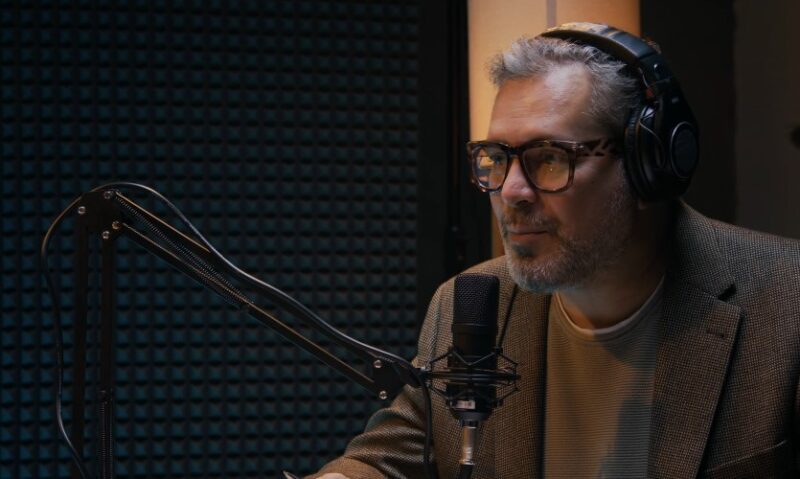
Over 504 million people now listen to podcasts weekly, as per WP Beginner. In the U.S., 64% of adults have listened to at least one. The audience is there. But so is the competition.
Marketing is what separates the hobbyists from the high performers. And when done right, it’s also what separates the broke from the bankable.
Brands like Squarespace and Blue Apron got massive boosts from podcast advertising. And thousands of indie shows are monetizing through memberships, courses, live shows, and merch — all because they figured out how to market smart.
Final Thoughts
If your podcast isn’t growing the way you hoped, don’t panic. You’re not the only one. But you do need to pivot.
Get focused. Get consistent. Make it easy for people to find you, care about your content, and share it.
Marketing isn’t a side task for podcasters — it’s the engine that powers the whole thing forward.
You’ve already got the mic. Now it’s time to make sure people are listening.
